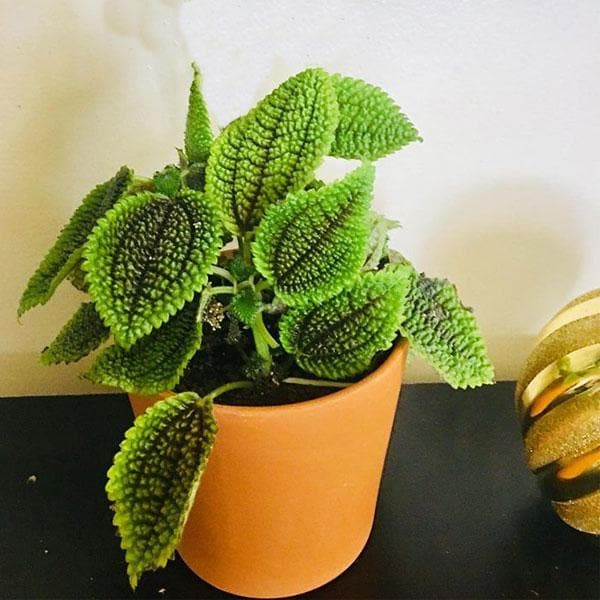
Pilea Mollis, Pilea Moon Valley - Plant
(MRP Inclusive of all taxes)
- Shipping ₹79 for entire order
- Dispatch in 7 days
- Country of origin: India

(MRP Inclusive of all taxes)
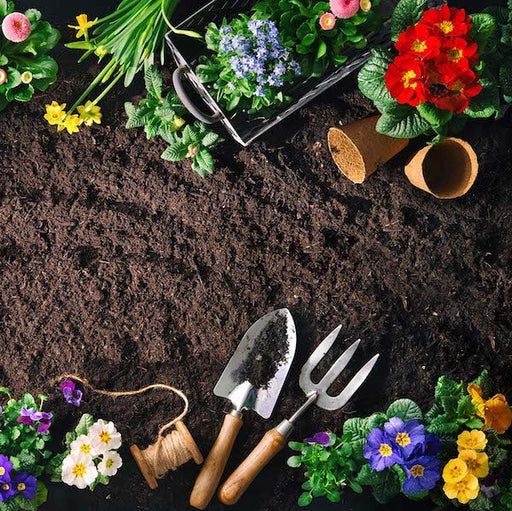
Bring home a little green delight — on us! 🌿 A free surprise garden product with every order Could be a charming plant, vibrant seeds, stylish po...
View full details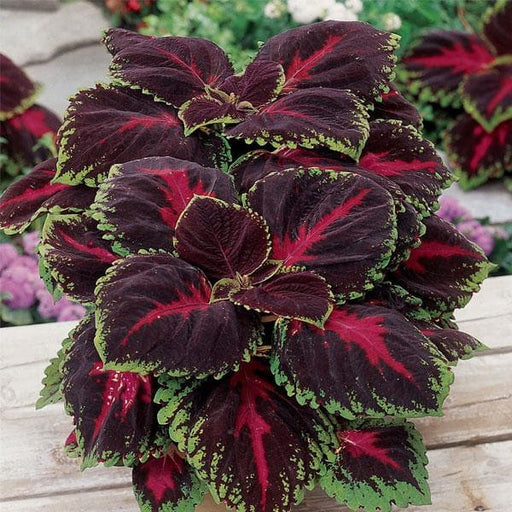 Sold out
Sold out
Coleus (Maroon Green) - Plant The Coleus (Maroon Green) is a stunning ornamental plant known for its vibrant maroon and green foliage. Thi...
View full details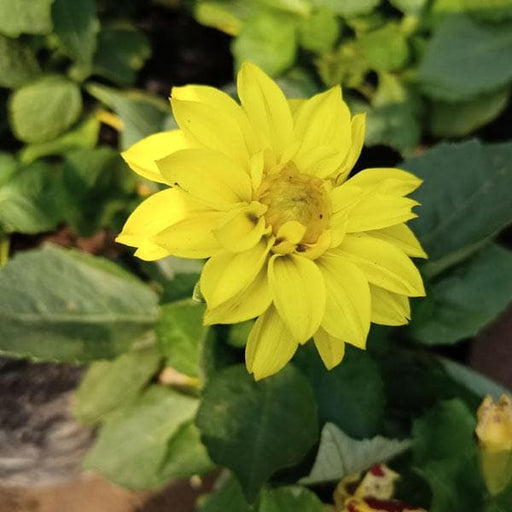 Sold out
Sold out
Dahlia (Yellow) - Plant The Yellow Dahlia is a stunning perennial flower known for its vibrant, sun-kissed petals and lush foliage. With i...
View full details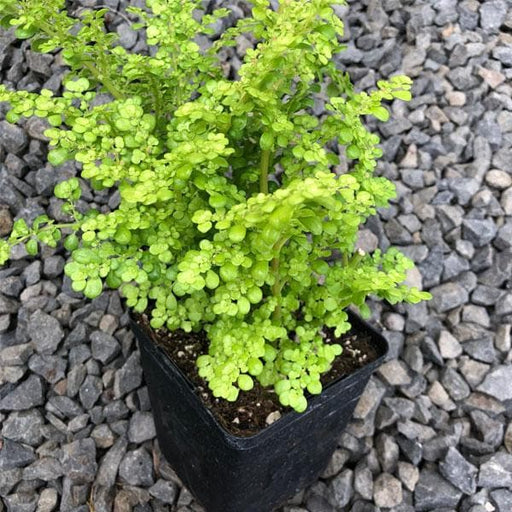 Sold out
Sold out
Pilea Artillery (Pilea Microphylla) - Plant The Pilea Artillery, scientifically known as Pilea Microphylla, is a captivating houseplant th...
View full details Sold out
Sold out
Peperomia Clusiifolia Jelly & Variegated - Plant The Peperomia clusiifolia, commonly known as Jelly Peperomia, is a stunning houseplan...
View full details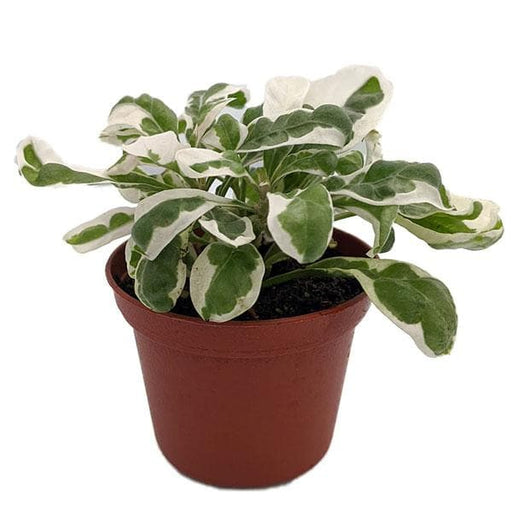 Sold out
Sold out
Alternanthera Variegated - Plant Alternanthera variegated, commonly known as the Variegated Joyweed, is a stunning ornamental plant that c...
View full details Sold out
Sold out
Lemon Basil (Ocimum citriodorum) - Plant Lemon Basil, scientifically known as Ocimum citriodorum, is a fragrant herb that combines the zes...
View full details Save 15%
Save 15%
Pack of Vermicompost and Neem Cake for House Plants Transform your indoor garden with our premium Pack of Vermicompost and Neem Cake, spec...
View full details
Pack of Plant Growth and Flower Boosters Unlock the full potential of your garden with our Pack of Plant Growth and Flower Boosters! This ...
View full details Save 38%
Save 38%
Combo of Jeevamrut and Neem Raksha for Easy Growth and Protection of Houseplants Transform your indoor garden with our exclusive combo of ...
View full details Save 22%
Save 22%
Plant Nutrients Kit (Pack of 16) for a Healthy Garden Transform your garden into a lush paradise with our Plant Nutrients Kit, featuring 1...
View full details Save 16%
Save 16%
Combo of Top Plant Fertilizers Elevate your gardening game with our exclusive Combo of Top Plant Fertilizers, featuring two bags of premiu...
View full details Save 24%
Save 24%
Pack of 4 Additives to Make Soil Healthy and Nutrient Rich Transform your garden into a thriving ecosystem with our Pack of 4 Additives de...
View full details Save 30%
Save 30%
Transform your gardening experience with our premium Combo of Perlite and Vermiculite. This unique blend is designed to enhance soil aeration and ...
View full details Save 27%
Save 27%
Combo of 2 Vermicompost and Cocopeat - Enrich Your Soil Naturally! Transform your garden into a thriving ecosystem with our Combo of 2 Ver...
View full details
 Save 35%
Save 35%
Best 6 Plants for Perfect Indoor Garden Transform your living space into a lush oasis with our curated collection of the Best 6 Plants for a...
View full details
 Save up to 50%
Save up to 50%
Mini Succulent Garden Pack Transform your space with our Mini Succulent Garden Pack, featuring a delightful collection of 4 any variety beautiful s...
View full details
 Save 30%
Save 30%
5 Best Fragrant Plants Transform your garden or indoor space into a fragrant paradise with our curated selection of the 5 Best Fragrant Plants. Th...
View full details
 Save 24%
Save 24%
Set of 2 Bonsai Looking Grafted Adeniums Transform your indoor or outdoor space with our exquisite Set of 2 Bonsai Looking Grafted Adenium...
View full details Save 45%
Save 45%
Top 4 Die Hard Succulents Pack Transform your indoor or outdoor space with our Top 4 Die Hard Succulents Pack, featuring a curated selecti...
View full details
 Save 30%
Save 30%
5 Best Indoor Plants Pack Transform your living space into a lush oasis with our '5 Best Indoor Plants Pack.' This carefully curated collection fe...
View full details
 Save 25%
Save 25%
Set of 4 Evergreen Air Purifier Plant Pack Transform your indoor space into a lush, green oasis with our Set of 4 Evergreen Air Purifier Pla...
View full details| SrNo | Item Name | Qty |
|---|---|---|
| 1 | Pilea Mollis, Pilea Moon Valley Plant in 3 inch (8cm) Pot | 1 |
The Pilea Mollis, commonly known as the Pilea Moon Valley, is a stunning houseplant that captivates with its unique, textured leaves and vibrant green color. Native to the tropical regions of Central and South America, this plant thrives in indoor environments, making it a popular choice for plant enthusiasts. Its distinctive foliage features a quilted appearance, adding a touch of elegance to any space.
What sets the Pilea Moon Valley apart is its ability to adapt to various light conditions while maintaining its lush appearance. This resilient plant not only enhances your home decor but also purifies the air, contributing to a healthier indoor environment. With its low maintenance requirements, it’s perfect for both novice and experienced plant lovers.
Special features of the Pilea Mollis include its unique leaf texture and the ability to produce small, delicate flowers under optimal conditions. This plant is also known for its fast growth rate, making it a rewarding addition to your indoor garden.
If you think caring for a Pilea Mollis is like raising a child, you’re not entirely wrong. These little green wonders thrive on attention but don’t require a PhD in botany. Just keep them in bright, indirect light, water them when the top inch of soil feels dry, and they’ll reward you with lush, vibrant leaves. Remember, overwatering is a no-no; think of it as giving them a spa day, not a drowning.
The Pilea Moon Valley is like the cool cousin of the Pilea family. With its textured, crinkly leaves that resemble a moonlit landscape, it’s a showstopper. This plant loves humidity, so if you’re in a dry climate, consider giving it a misting or a cozy spot in the bathroom. It’s the perfect plant for those who want to impress their friends with their botanical knowledge while keeping things low-maintenance.
Want to expand your Pilea empire? Propagation is the name of the game! Simply take a leaf cutting, let it callous over for a day, and then pop it in some soil. It’s like giving your plant a chance to have mini-me’s. Just be patient; good things come to those who wait, and soon you’ll have a whole family of Pileas to show off.
The world of Pilea is vast and varied, much like a buffet of delightful plant options. From the classic Pilea Peperomioides to the quirky Pilea Moon Valley, there’s a Pilea for every personality. Each variety brings its own flair, so whether you’re into the minimalist look or something a bit more textured, you’ll find your perfect match in this leafy family.
Bringing a Pilea into your home is like inviting a little piece of nature indoors. These plants not only beautify your space but also purify the air, making your home feel fresher. Plus, they’re known to boost your mood and creativity. Who knew that a little green friend could be your personal cheerleader while also being a stylish decor piece?
Caring for a Pilea Moon Valley is like nurturing a diva; it has its preferences. This plant loves bright, indirect light and a bit of humidity. If you can provide that, it’ll reward you with stunning foliage that’s sure to turn heads. Just remember, it’s not a fan of cold drafts or soggy soil, so treat it like royalty and it will flourish.
Every plant parent faces challenges, and Pilea is no exception. Yellowing leaves? That could be a sign of overwatering. Droopy leaves? It might be thirsty. But fear not! With a little observation and care, you can troubleshoot these common issues and keep your Pilea looking fabulous. After all, every plant has its quirks, just like us!
Watching your Pilea Moon Valley grow is like witnessing a slow-motion miracle. With the right care, it can grow quite rapidly, filling your space with its unique charm. Just be sure to give it enough light and humidity, and it’ll reward you with lush, crinkly leaves that are the envy of all your plant-loving friends.
The right soil is crucial for your Pilea’s happiness. Think of it as the foundation of a great relationship; it needs to be well-draining yet retain some moisture. A mix of potting soil, perlite, and orchid bark works wonders. This combination allows your Pilea to thrive without feeling like it’s stuck in a swamp.
Light is the lifeblood of your Pilea Moon Valley. It craves bright, indirect sunlight, much like a celebrity seeking the perfect spotlight. Too much direct sun can scorch those beautiful leaves, while too little can leave it looking sad and droopy. Find that sweet spot, and your plant will be the star of the show.
Just like we need our vitamins, your Pilea Moon Valley benefits from a little fertilizer love. During the growing season, a balanced liquid fertilizer every month will keep it thriving. Think of it as a gourmet meal for your plant, ensuring it has all the nutrients it needs to grow strong and healthy.
Potting your Pilea Moon Valley is an art form. Choose a pot that’s slightly larger than its current home, with drainage holes to prevent soggy roots. When repotting, gently loosen the roots and place it in fresh soil. It’s like giving your plant a new apartment—just make sure it’s a cozy one!
Pilea Mollis, also known as Pilea Moon Valley, is a charming houseplant with textured, velvety leaves that resemble a moonlit valley. This beauty thrives indoors, adding a touch of whimsy to your plant collection. It's like having a little piece of nature's art right in your living room!
Caring for Pilea Mollis is a breeze! Provide bright, indirect light, keep the soil slightly moist, and avoid soggy feet. This plant loves humidity, so misting it occasionally will make it feel like it's on a tropical vacation. Just remember, it’s a plant, not a diva—no need for daily pampering!
Pilea Moon Valley prefers well-draining potting soil, ideally a mix that includes peat, perlite, and a touch of compost. Think of it as a cozy bed for your plant—snug but breathable! This ensures that the roots can breathe while keeping them hydrated, just like a good night's sleep.
Water your Pilea Mollis when the top inch of soil feels dry. This plant likes to sip, not drown, so avoid overwatering. A good rule of thumb is to check weekly—if it’s thirsty, give it a drink; if it’s still damp, let it be. It’s all about balance!
Yes, Pilea Moon Valley enjoys a little extra love in the form of fertilizer! Feed it with a balanced liquid fertilizer every 4-6 weeks during the growing season. Just remember, too much of a good thing can be bad—think of it as a treat, not a buffet!
While Pilea Mollis can survive in low light, it won’t thrive like a superstar. It prefers bright, indirect light to show off its stunning foliage. If you want your plant to strut its stuff, give it a sunny spot—just not direct sunlight, or it might get a little crispy!
Good news for pet parents! Pilea Moon Valley is non-toxic to cats and dogs, making it a safe choice for your furry friends. However, while it won’t harm them, it’s still best to keep an eye on curious pets—nibbling on leaves can lead to a messy plant and a guilty conscience!
Propagating Pilea Mollis is as easy as pie! Simply take a healthy leaf or stem cutting, let it callous for a few hours, then place it in water or soil. In a few weeks, you’ll have a new plant buddy. It’s like giving your plant a chance to make new friends!
Keep an eye out for pesky pests like spider mites and mealybugs. If you spot them, don’t panic! A gentle wipe with a damp cloth or a spray of insecticidal soap will send them packing. Think of it as a little pest control party—just you and your plant!
Pilea Mollis can grow up to 12-18 inches tall, making it a delightful medium-sized houseplant. It’s perfect for tabletops or shelves, adding a pop of greenery without taking over your space. Just remember, it’s not a giant—more like a charming companion that fits right in!
Yellowing leaves can signal a few issues—overwatering, underwatering, or too much direct sunlight. Check your watering routine and light conditions. If you’re giving it too much love, dial it back a bit. Your plant will thank you for the attention to detail!
The best time to repot Pilea Mollis is during the spring, when it’s waking up from its winter slumber. Choose a pot that’s just a size larger to give those roots room to stretch. It’s like moving to a bigger apartment—more space for your plant to thrive!